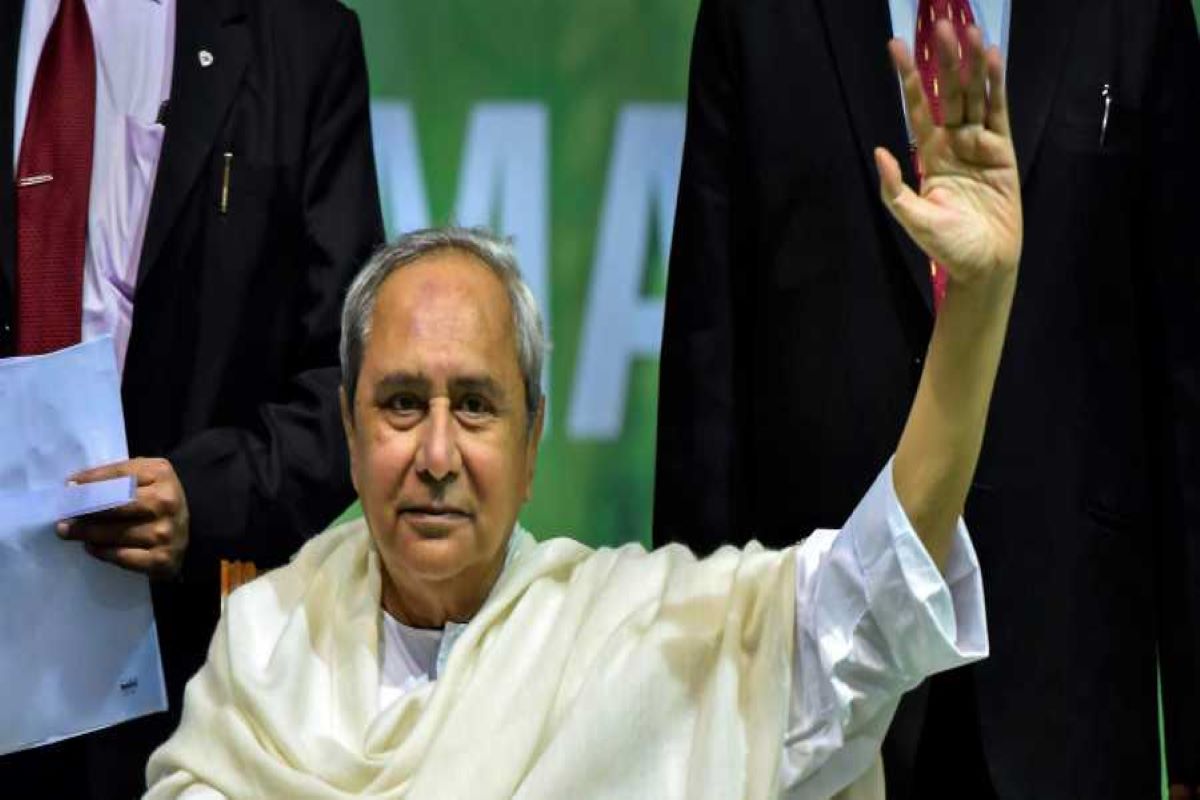It does redound to the credit of the Biju Janata Dal, Odisha’s ruling party for as long as it has been, that it now has governance in a predominantly rural state under its belt. On closer reflection, the coronavirus surge hasn’t really impinged on dividend at the hustings.
The performance of the BJD has been truly spectacular; it has won a record 766 Zilla Parishad seats out of the total of 853. A careful calibration would suggest that it has won 60 per cent more seats than it had in 2017 (473). Of profound significance must be the fact that the BJD is poised to form Zilla Parishads in all the state’s 30 districts, an unprecedented achievement that many parties would be proud of, but few able to claim, unless they enjoys monolithic dominance like the Trinamul Congress in West Bengal.
Advertisement
Indeed, a micro-study of Odisha would suggest that the triumph is an unprecedented feat in the narrative of panchayat elections in the coastal state. The outcome, as released on Tuesday, points to a palpable decline in the electoral fortunes of the Bharatiya Janata Party, which has now lost its hope of defeating the BJD to form the next government in Bhubaneswar.
After capturing 297 seats in 2017, the BJP is today a distinct second with only 42 seats, decidedly a comedown for the saffronite ruling party at the Centre, one that for the past few years had an eye on the seat of power in Bhubaneswar. The state capital, however glitzy, is far removed from the rural predominance. The third position goes to the Congress with barely 37 seats, down from 60 that it had secured last time to form two Zilla Parishads.
Commenting on the fallout, Odisha’s Chief Minister, Naveen Patnaik, has congratulated his party workers and thanked the public. He has described the result of the three-tier panchayat election as the outcome of “unwavering love”. The BJD, he said, had been turned into a “people’s movement through their dedicated hard work”.
Above all, Mr Patnaik deserves compliments for the stunning performance of his party. It bears recall that last October he had visited several districts in relatively backward western Odisha, and distributed “smart health cards” and had unveiled a welter of assistance schemes relating to Covid-19. The BJD has secured 52.73 per cent of the votes, indeed its highest vote-share in any election in the state.
The BJP received 30 per cent of the votes, which may be cause for a little comfort, and the Congress 13. The steady decline of the BJP has been a striking feature of Odisha’s panchayat election after the 2017 rural polls signified the entry of the BJP as a strong competitor to the BJD which has been in power in the state for more than two decades.











